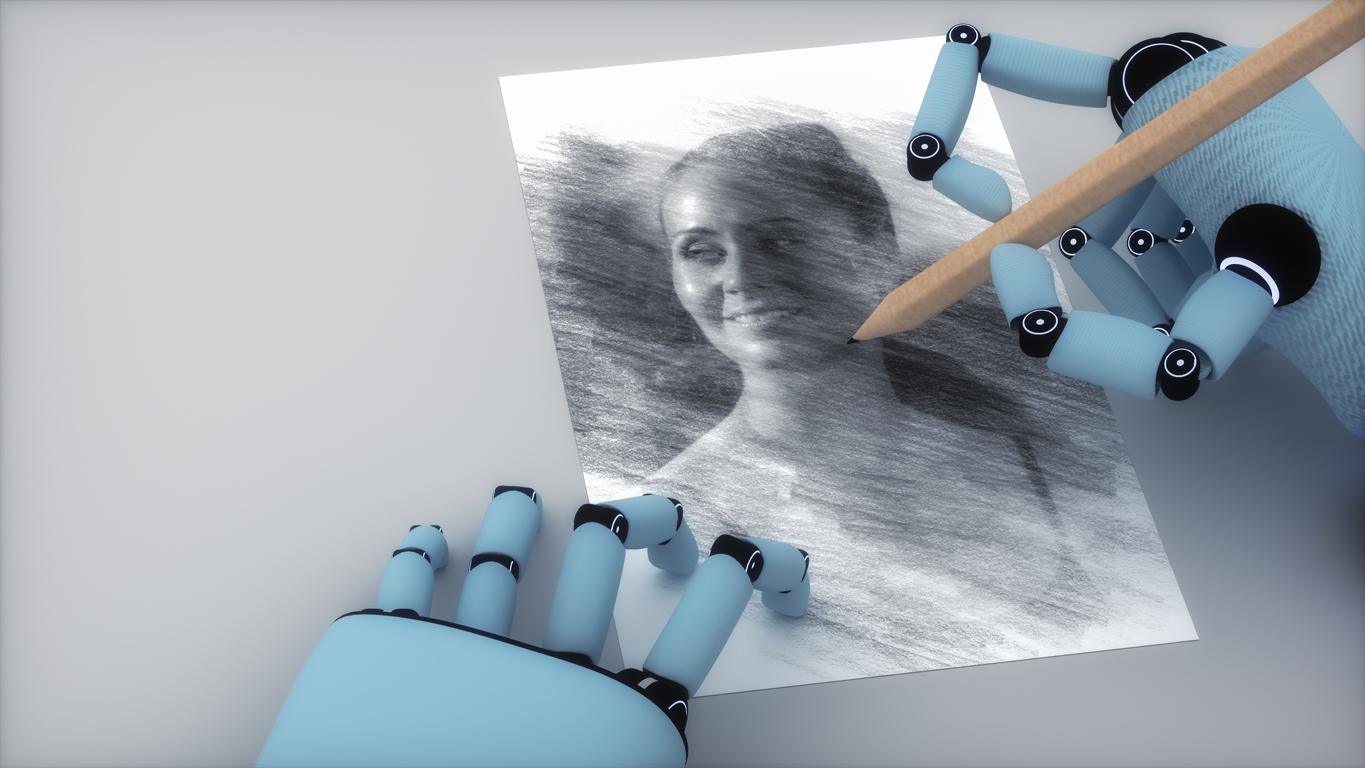With the rise of AI such as ChatGPT and Dall-E, people are forgoing hiring artists and designers to instead use AI to create art for them. However, AI art has many flaws that make it pale in comparison to hiring human artists, greatly affecting the world of art and design.
One of AI art’s biggest flaws is the moral and legal conundrum that comes with training it. AI art has to be trained on human art, which is usually used without permission or credit. Artists may not even be aware their art is being used by a learning model, which can make legal claims even more difficult. This also means the AI models that are intended to replace human artists are using those artist’s creations to learn.
Nowadays, artists have the ability to opt-out of their work being used to train AI on most platforms. This is especially prevalent on DeviantArt, a site created specifically for artists to showcase their work, which has its own AI art software. As more and more artists opt out of including their work in AI data sets or use specific watermarks that are not AI-friendly, the amount of original works to learn from are hopefully dwindling. Without human art to train AI, it could eventually be forced to learn from other AI art. This would theoretically cause a negative feedback loop where the AI art gets worse and worse due to only learning from itself.
Since AI is limited to only training from pre-existing art, the result is typically unoriginal and uninspiring. AI can’t come up with unique concepts. This creates the risk of anything using AI art ending up with a repetitive style and design. This can be very bad in a field where you want your work to stand out and catch people’s eye.
Another flaw of AI art is that it is incredibly difficult to explain what you want it to do. If it gives you something you like, but have some issues with, you can’t ask it to make edits. You either have to accept what it gives you or have it completely redone. This is unlike an actual, sentient artist who can make adjustments to the piece as it’s being made. You can also request far more specific details from a human artist, such as color palette, character design, and specific font. An AI art generator that will accept any of those parameters is currently unheard of.
None of this is mentioning the controversy surrounding AI art. Not only is it not popular with human artists, there have been lawsuits due to its derivative nature. In January of this year, artists sued Midjourney, a well known AI art generator, for using their art to train the program. Midjourney was able to mimic the specific art style of these artists, which helped prove how derivative it truly was and provide evidence against them for the lawsuit.
While using AI art may seem appealing because of its time and cost effectiveness, the final product and how AI affects design might not be worth it. Hiring a human artist to create the art and design for your product or brand is overall the better choice.

